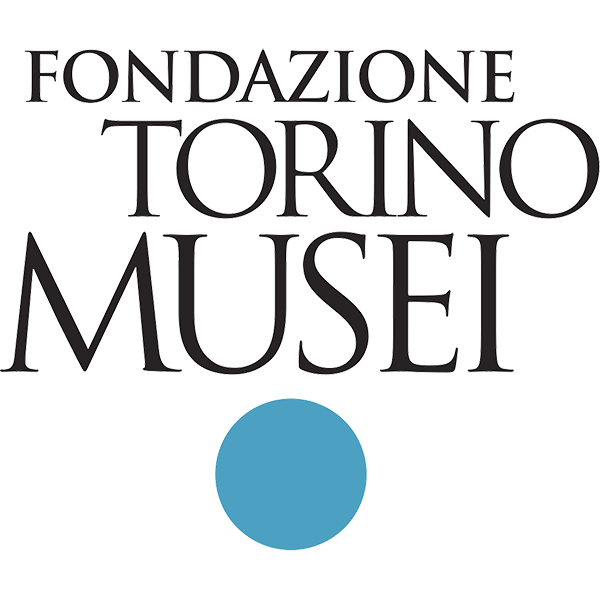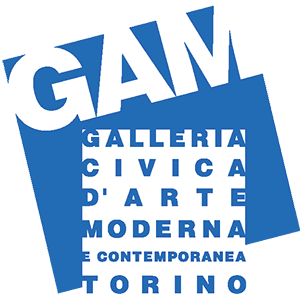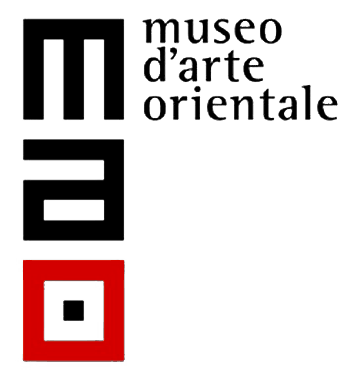Claudio Parmiggiani – VideotecaGAM
- Exhibition
- 29 September 2021 - 6 February 2022

Claudio Parmiggiani made the video Delocazione in 1974. More than ten years later, in 1985, in an interview with Arturo Schwarz, he declared: ‘I’ve only ever made one video which, apart from anything else, I have never seen. This was in 1972 or perhaps in 1973, in Florence, with Maria Gloria Bicocchi. It was a fixed image lasting fifteen minutes, and of an absent image at that; the shadow of an image. Here again a no to both the image and the photographic and dynamic function of the instrument. It was probably a reaction to the excessive actionism and contortionism of that time, and for me it was the equivalent of Duchamp’s “silence”.’
The artist’s reaction to what he calls ‘actionism’ is explicit from the very first moments of the work: the dark silhouette of a chair is the first element of the still image to emerge as though from a thick fog, from the initial white of the screen. This presence alone is enough to deny the possibility of an action, and not only because the chair is empty and will remain so, but because it is turned towards the wall behind it, facing a Delocazione: the trace of dust and soot of a vanished painting. Countless chairs appeared in front of the lens in the videos of those years, but invariably someone – often the artist himself – would enter the frame after a few seconds to sit down and address the viewer in a simulated exchange of glances. Parmiggiani’s chair also alludes to a glance, but it is a glance of contemplation that does not take the public into account, and which we can only imagine as being a long period of concentration and perhaps of rapture in front of the ghost of a painting, concluded before the camera – loaded with the present – entered the room to disturb the sacredness of the place. So it is not only the painting that has disappeared, but also the observer of its disappearance. So what the shot shows us is therefore a double distance in time, a distancing from the second vanishing, almost an allegory of that impossible formula that repeatedly emerges in the artist’s work,√-2 which seems to express a negative incommensurability, an absence hidden in the depths of an absence.
However, Parmiggiani describes the video as an ‘equivalent of “silence”’, thus recognising it as an expression of the possibility of approaching the mystery anew, of retracing the process of drawing near to the infinite white enclosed within the edge of soot and dust, an emanation of light to be reached beyond the overly crude filter of the camera, beyond the now completely open theatre curtain, beyond the chair, beyond the empty centre of the trace.
Parmiggiani overlooks a single significant element in his description of his video to Schwarz. He omits to mention that in the work ‘silence’ is paradoxically achieved through the sound of Bach’s notes. The allegro movement of Bach’s Harpsichord Concerto No. 1 in C minor accompanies the entire viewing time. And while it is true that everything in the composition of the shot speaks of stasis and silence, it is also true that the air of the room appears rippled by the lively, sometimes sharp sound of the plucked strings of a harpsichord, and that nothing can be said to be truly still if immersed in that music, which is absolute certainly, but full of colours, emotions and accents. Bach emerges several times in the artist’s words as the composer of perfect music where ‘there is nothing less and nothing more than what must be there’, and above all in Bach he recognises a master: ‘The best teaching in painting I got from Bach’s music and as a boy during the nights along the starry canals of the Po valley, where the slow water fed the absolute fire’. Bach and the memory of the water in the star-lit canals seem to overlap ideally in the work. Parmiggiani leaves the expression of the flowing of time, the unfolding of a duration to the music, as though between the narrow banks of a canal. Were it not for that music, the film would appear to be nothing more than a projected photograph, but the Harpsichord Concerto reminds us of the flow of time, so suspended in the eternity of the image that it seems to stand still. Just like in the nocturnal canals, the light of a single star is reflected on that flow: the atmospheric aura of a work that is no more, a void dense with the feeling of a painting that Parmiggiani allows to float for a few minutes on the imperceptible motion of a magnetic tape.
In the exhibition the video is presented together with two works of primary importance in the artist’s work: the photographic print on panel Delocazione 2 of 1970, and the Self-portrait of 1979, a shadowy silhouette on canvas, itself a unique work in the artist’s career.
The triangulation of these three works encapsulates the entire arc of visual opposites that runs through Parmiggiani’s work. The absence of the work that emerges as white, in reserve on the wall, is reflected in its visual opposite: the projection of a grey shadow drawn on the canvas, the denied presence of the artist’s gaze on the vanished image. The artist’s shadow and the empty chair in front of the Delocazione are nothing other than the same simulacrum: they have the same value as the plaster casts present in many of his works, and are indices of a human dimension that penetrates into the lunar sphere, into the realm of shadows where nothingness preserves the essence, where the propagation of the light of the aura exhales like smoke from the consumption of the work.
The relationship between these three works is completed by a selection of books effected by Parmiggiani between 1968 and 1977. Books conceived by an artist for whom the blank page is not made for the reproduction or documentation of the work, but is above all a space for the manifestation of the work and, at the same time, the first place of its absence.
We thank La Biennale di Venezia and the Collezione Maramotti for their indispensable collaboration.
* C. Parmiggiani, Delocazione, 1974, video, b/n, mono, 8’13”, courtesy Archivio Storico della Biennale di Venezia
** C. Parmiggiani, Autoritratto, 1979, riporto fotografico su tela emulsionata, courtesy Collezione Maramotti. Photo Carlo Vannini






